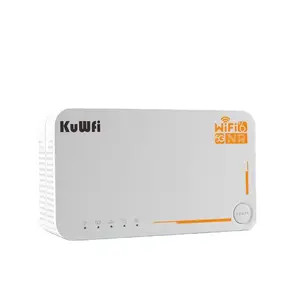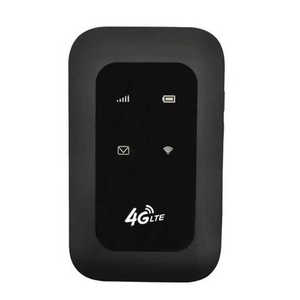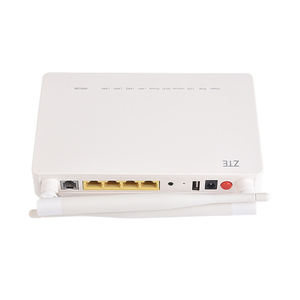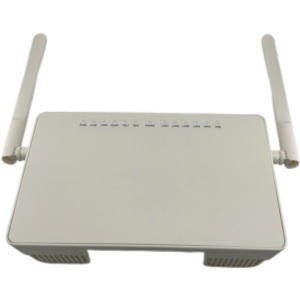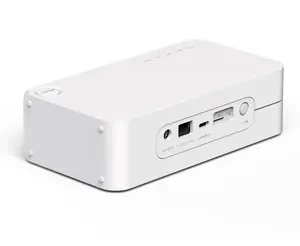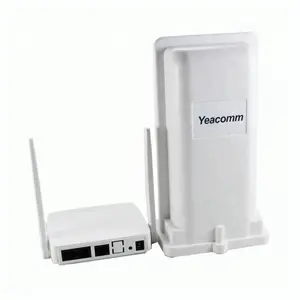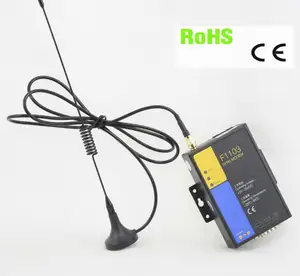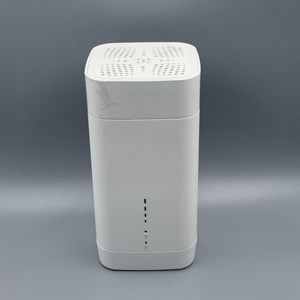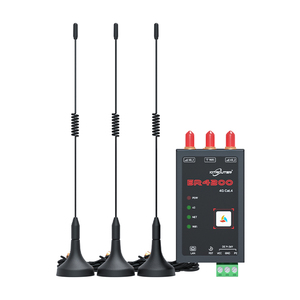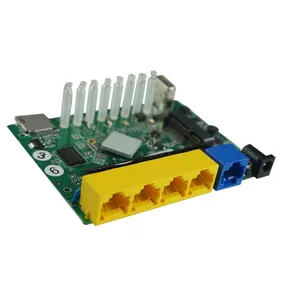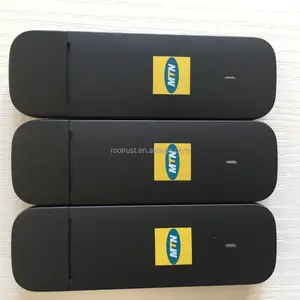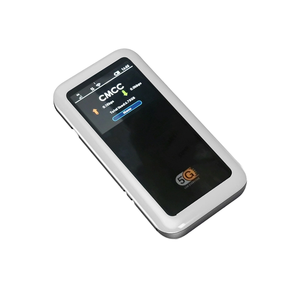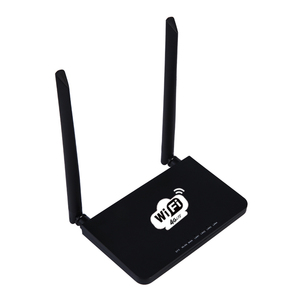Do I Need A Modem And Router












 1/3
1/3











 1/3
1/3





 1/3
1/3





 1/3
1/3






 1/3
1/3





 1/3
1/3










 1/33
1/33




 0
0






 1/3
1/3






 1/3
1/3





 1/3
1/3




 1/1
1/1





 1/3
1/3
























 1/3
1/3





 0
0
About do i need a modem and router
Where to Find Modem and Router Suppliers?
China remains the central hub for modem and router manufacturing, with Shenzhen emerging as the primary industrial cluster due to its dense ecosystem of telecommunications hardware producers. The city hosts a concentration of specialized suppliers integrating RF engineering, firmware development, and wireless certification expertise. These companies operate within vertically aligned supply chains, enabling rapid component sourcing for 4G LTE, 5G CPE, and dual-band WiFi modules. Proximity to semiconductor distributors and contract manufacturers allows for reduced assembly lead times and cost-efficient scaling.
Suppliers in this region typically maintain lean production models optimized for both mass-volume orders and low-MOQ customized variants. Key advantages include access to mature logistics networks for global shipping, compliance testing facilities for FCC/CE standards, and technical teams capable of supporting OEM/ODM configurations. Average production cycles range from 15–25 days for standard units, with express sampling available within 7–10 days. Cost structures benefit from localized procurement of core components such as Qualcomm or MediaTek chipsets, internal antennas, and power management systems.
How to Choose Modem and Router Suppliers?
Evaluating suppliers requires verification across technical, operational, and transactional dimensions:
Technical Compliance
Confirm adherence to international wireless communication standards (e.g., IEEE 802.11ac/ax, 3GPP Release 15+ for 5G). For export markets, ensure products support regional frequency bands (700MHz, 2.5GHz, 3.5GHz) and carry necessary certifications including CE, FCC, IC, and RoHS. Request test reports for signal stability, data throughput, and thermal performance under sustained load.
Production Capability Audits
Assess infrastructure maturity through verifiable metrics:
- Facility size exceeding 1,000m² indicating scalable operations
- In-house R&D teams handling firmware updates, OTA programming, and SDK integration
- Customization capacity for SIM/eSIM support, AP mode configuration, VLAN tagging, and enterprise-grade security (VPN, firewall)
- On-site testing equipment for EMI/EMC, RF output, and network stress validation
Cross-reference on-time delivery rates (target ≥97%) and response times (≤4 hours) as indicators of operational reliability.
Transaction Safeguards
Utilize secure payment mechanisms such as escrow services or Trade Assurance programs. Prioritize suppliers with documented quality control processes, including pre-shipment inspection protocols and batch-level failure rate tracking. Conduct sample evaluations focusing on real-world performance—measure actual data rates, handoff latency between bands, and long-range signal penetration.
What Are the Best Modem and Router Suppliers?
| Company Name | Location | Verified Status | Main Products | On-Time Delivery | Avg. Response | Reorder Rate | Online Revenue | Min. Order (Units) |
|---|---|---|---|---|---|---|---|---|
| Shenzhen Huaxufeng Technology Development Co., Ltd. | Shenzhen, CN | Brand Holder | 4G/5G Modems, Dual-Band Routers, Portable WiFi | 99% | ≤2h | 20% | US $290,000+ | 2 |
| Shenzhen Think Tides Communication Technology Co., Ltd. | Shenzhen, CN | Multispecialty Supplier | GPON ONT, FTTx Modems, Dual-Band Devices | 100% | ≤2h | 24% | US $220,000+ | 1 |
| Shenzhen T-Elek Technology Co., Ltd. | Shenzhen, CN | - | 4G Dongles, Home Routers, Wingle Modems | 92% | ≤4h | <15% | US $20,000+ | 1 |
| Hunan Chiwei Intelligent Technology Co., Ltd. | Hunan, CN | - | Portable LTE Modems, 5G USB Adapters | 97% | ≤3h | <15% | US $20,000+ | 1 |
| MAXCOMM CO., LTD. | China | - | Industrial 4G/5G Routers, VoIP Terminals | 100% | ≤11h | <15% | US $1,000+ | 100 |
Performance Analysis
Shenzhen-based suppliers dominate responsiveness and customization depth, with two providers achieving ≤2-hour average reply times and reorder rates above 20%. Shenzhen Huaxufeng and Think Tides demonstrate strong after-sales engagement and consistent fulfillment, supported by flexible MOQs starting at one unit. Think Tides stands out for GPON and fiber-optic modem production, catering to telecom infrastructure clients requiring certified ONT devices. In contrast, MAXCOMM specializes in industrial-grade routers but imposes high minimum orders (100+ units), making it better suited for bulk deployments. Buyers seeking consumer-focused portable modems can leverage Hunan Chiwei’s competitive pricing ($9.98–$20 range), while T-Elek offers entry-level 4G dongles at ultra-low MOQs. Prioritize suppliers with documented customization options—including firmware branding, antenna selection, and power supply variations—for integrated deployment scenarios.
FAQs
Do I need a separate modem and router?
Not necessarily. Many modern devices integrate both functions into a single unit (gateway). However, standalone modems are required when connecting to DSL, cable, or fiber services that do not include routing capabilities. For advanced networking needs—such as multi-AP setups or VLAN segmentation—a discrete router provides greater control over traffic management and QoS settings.
Can these suppliers provide custom firmware or branding?
Yes, several suppliers listed offer OEM/ODM services, including logo printing, packaging design, language localization, and private-label firmware. Some provide SDK access for API integration and remote device management via cloud platforms.
What is the typical lead time for modem and router orders?
Standard orders take 15–25 days post-payment confirmation. Sample units ship within 7–10 days. Custom designs involving new PCB layouts or enclosure molds may extend timelines to 6–8 weeks.
Are modems compatible with global carriers?
Compatibility depends on supported frequency bands and carrier locking policies. Verify multi-band support (including B1/B3/B7/B8/B20/B28 for Europe/Africa and B2/B4/B5/B13/B66 for North America) and confirm whether devices are factory-unlocked. eSIM-enabled models offer additional flexibility for roaming applications.
How to assess signal strength and coverage?
Evaluate transmit power (measured in dBm), antenna gain (up to 5dBi for external models), and MIMO configuration (2x2 or 3x3). Conduct field tests measuring throughput degradation beyond 30 meters and wall penetration performance. Industrial models often include PoE support and lightning protection for outdoor deployment.





